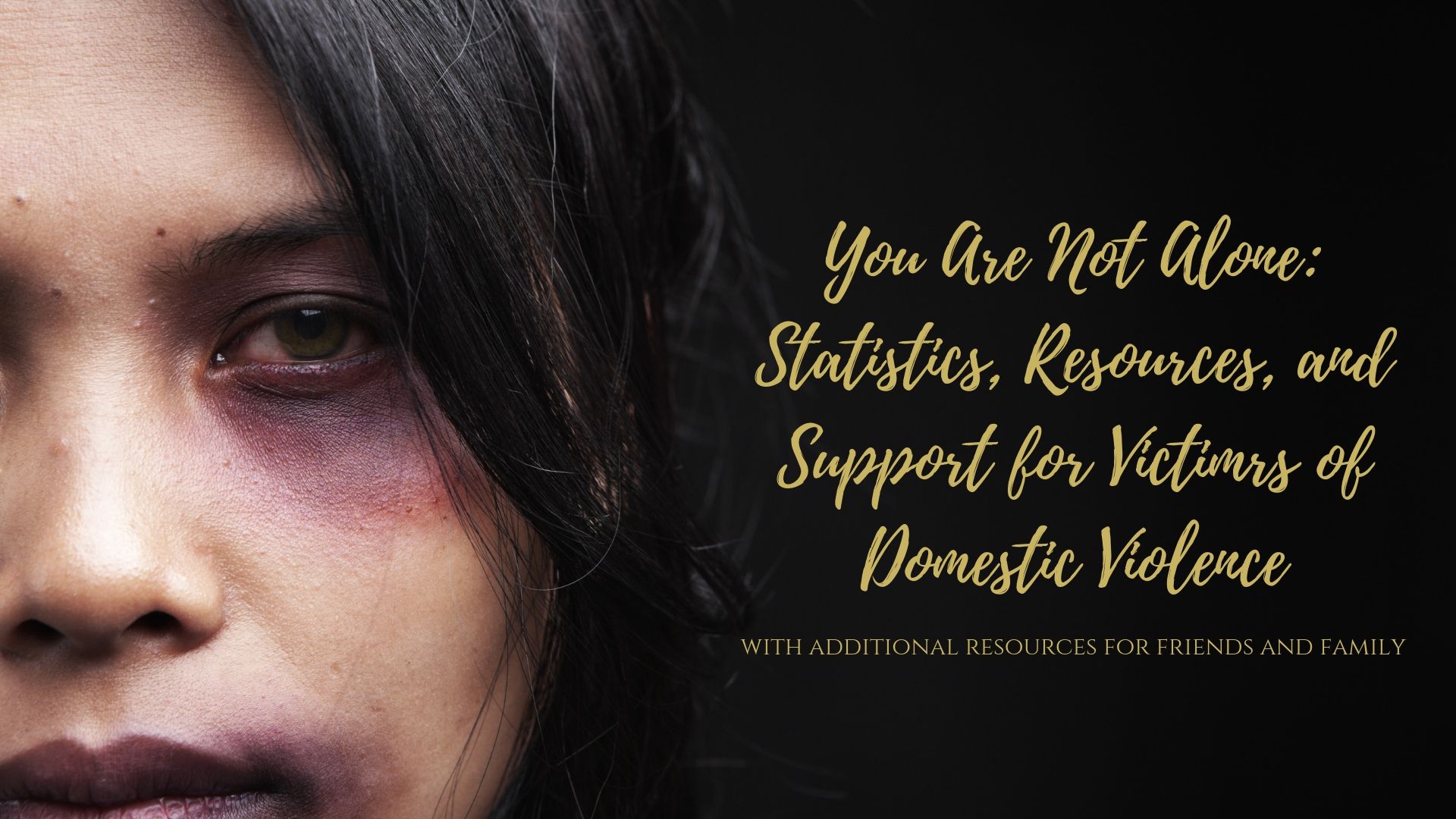
"Domestic violence is the willful intimidation, physical assault, battery, sexual assault, and/or other abusive behavior as part of a systematic pattern of power and control perpetrated by one intimate partner against another. It includes physical violence, sexual violence, psychological violence, and emotional abuse. The frequency and severity of domestic violence can vary dramatically; however, the one constant component of domestic violence is one partner’s consistent efforts to maintain power and control over the other." National Coalition Against Domestic Violence
The victims of domestic violence and its perpetrators come from all races, genders, religions, and sexual orientation. It occurs in high-income and low income families, same-sex partnerships, single parent families, and even in multi-generational households. While women and minorities are the most common victims of domestic abuse, men and children make up a large portion of those who are abused.
At Balanced Birth Support and Knock Knock Nanny we are committed to serving families who are victims of domestic violence, regardless of circumstances. Many of our birth and postpartum doulas, and lactation counselors, have advanced training in supporting the pregnancy, births, and parenting of those who are experiencing or recovering from intimate partner violence and trauma.
Here are some statistics on domestic violence from The National Coalition Against Domestic Violence.
- There are approximately 20 million people per minute that are abused by an intimate partner- nearly 10 million per year
- 1 in 4 women and 1 in 7 men have been victims of severe physical violence (e.g. beating, burning, strangling) by an intimate partner in their lifetime
- On average, are more than 20,000 phone calls placed to domestic violence hotlines nationwide every day.
- The presence of a gun in a domestic violence situation increases the risk of homicide by 500%
- 20% of victims were not the intimate partners themselves, but family members, friends, neighbors, persons who intervened, law enforcement responders, or bystanders.
- 1 in 15 children are exposed to intimate partner violence each year, and 90% of these children are eyewitnesses to this violence.
- Physical, mental, and sexual and reproductive health effects have been linked with intimate partner violence including adolescent pregnancy, unintended pregnancy in general, miscarriage, stillbirth, intrauterine hemorrhage, nutritional deficiency, abdominal pain and other gastrointestinal problems, neurological disorders, chronic pain, disability, anxiety and post-traumatic stress disorder (PTSD), as well as noncommunicable diseases such as hypertension, cancer and cardiovascular diseases. Victims of domestic violence are also at higher risk for developing addictions to alcohol, tobacco, or drugs
- Between 21-60% of victims of intimate partner violence lose their jobs due to reasons stemming from the abuse.
- Between 2003 and 2008, 142 women were murdered in their workplace by their abuser

Domestic abuse and intimate partner violence doesn't always leave bruises, or marks, or a trail of broken bones. Stalking, gaslighting, intense jealousy, threats, and other forms of non-physical abuse leaves deep and lasting scars and causes PTSD, and also instills fear and anxiety.
According to the NCADV, Signs of domestic abuse include (but are not limited to):
- Showing jealousy of the victim’s family and friends and time spent away
- Controlling every penny spent in the household
- Controlling who the victim sees, where they go, or what they do
- Telling the victim that they are a bad parent or threatening to hurt, kill, or take away their children
- Preventing the victim from working or attending school, harassing the victim at either, keeping their victim up all night so they perform badly at their job or in school
- Refusing to use protection when having sex or sabotaging birth control
Click Here for Even More Signs...
National & International Resources
- For anonymous, confidential help available 24/7, call the National Domestic Violence Hotline at 1-800-799-7233 (SAFE) or 1-800-787-3224 (TTY) now
- National Coalition Against Domestic Violence Personal Safety Plan
- National Coalition Against Domestic Violence
- DomesticShelter.org
- Navigating Finances
- International Domestic Violence Resource Guide: Coronavirus Update
- Emerging Solutions For Domestic Violence & Teen Dating Violence
Virginia Resources
- Virginia Domestic Violence Statics and Resources
- Fairfax County Domestic and Sexual Violence Services
- Arlington County Violence and Sexual Assault Services
- The Woman's Center (locations in Vienna, Virginia & Washington DC)
Washington D.C. Resources
- Washington, D.C. Domestic Violence Statistics and Resources
- Violence Resources: Metropolitan Police Department
- DC Coalition Against Domestic Violence
- DC Safe
- The Woman's Center (locations in Vienna, Virginia & Washington DC)
Maryland Resources

It is important to note that domestic violence does not always manifest as physical abuse. Emotional and psychological abuse can often be just as extreme as physical violence. Lack of physical violence does not mean the abuser is any less dangerous to the victim, nor does it mean the victim is any less trapped by the abuse.National Coalition Against Domestic Violence
Further Reading
Below are resources to better understand the serious risks of domestic violence (especially when there are firearms present) and its effects on children. There are also links to help in understanding why people stay in abusive relationships, and how to support your friends and/or family members who live in a domestic violence situation.
- Statistics on Domestic Violence & Firearms
- Effects of Domestic Violence on Children
- Alarming Effects of Children's Exposure to Domestic Violence
- Why Do People Stay in Abusive Relationships
- Why Domestic Violence Victims Don't Leave: TEDx Talk by Leslie Morgan Steiner
- Why She Stays: Keeping the Children Safe From An Abusive Spouse
- Why Victims Stay
- How To Help A Friend or Family Member
If you are being abused by your partner, know there is nothing you have done or are doing to cause the abuse. It is solely the choice of the abuser to abuse.National Coalition Against Domestic Violence
